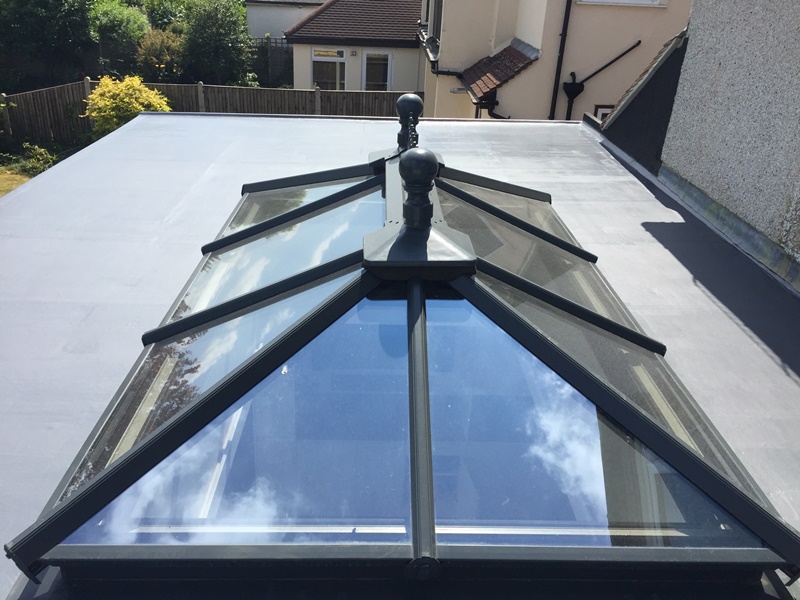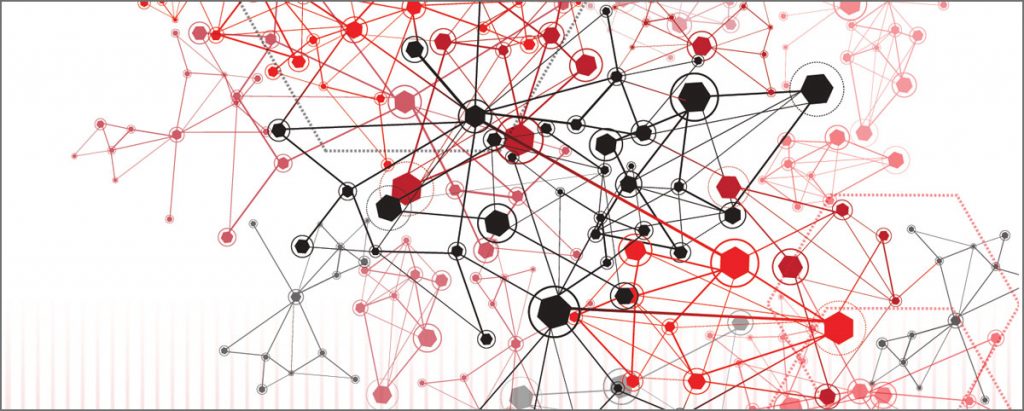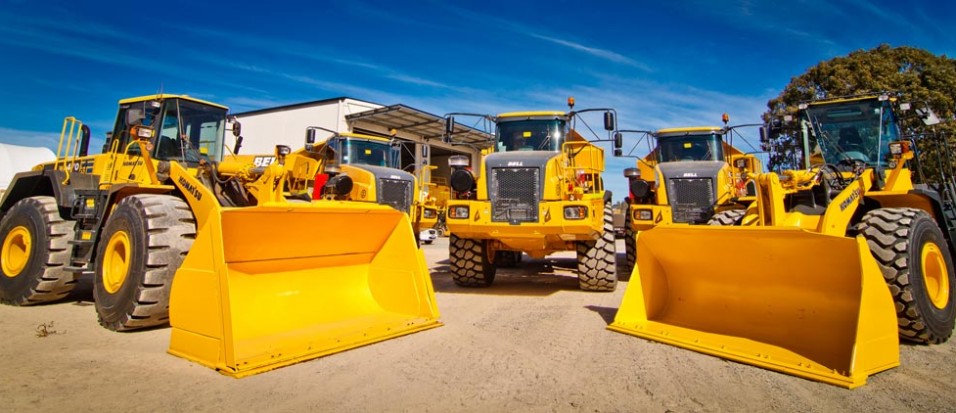A roof lantern adds another layer of intrigue and design to an extension, whether in the form of an orangery or conservatory, or as an extension to your home. The amount of light that it can bring to a home is wondrous, creating a welcoming space for the whole family to enjoy. There are a few options in terms of how you choose to build your conservatory and the roof lantern will be an integral part of the design. What’s better as a material to use, wood or UPVC?
UPVC might have become the material of choice in the last few decades due to a few factors, including its maintenance potential and the flexibility it allows from its simplicity of design and installation. However, there has been a resurgence in the use of timber when designing conservatories and adding roof lanterns and skylights, mainly down to the pleasing aesthetic it brings with it. There are a few factors to consider when thinking about how a roof lantern can add value to your home, let’s take a look.
Roof Lantern Designs with Timber
The major problem with the use of timber in the past has always been that it would fast gain mould and potentially rot in a relatively quick timeframe. When using timber to construct property, or in this case, a roof lantern and a wider extension, you could be significantly reducing the lifespan.
Modern timber is treated with safe chemicals to ensure that the natural wear and tear that would have taken place is significantly reduced in its impact, including warding off pest infestation and rotting. Wood can now be treated, as it always has been, as a material that is great for fast construction in a variety of ways.
The main reason wood is great to use as part of a roof lantern project is that it looks great. Compared to UPVC, timber just looks stylish, elegant and adds a simplistic note to the rest of your property. When you think how you can add timber accessories on the interior of a conservatory, with beams, rafters and window frames, you can start to see a clear picture of beauty with a material that now lasts just as long as UPVC.
UPVC for Roof Lantern Designs
Originally UPVC was used in projects that involved roof lanterns due to its versatility and potential life span when compared with timber. It still is a more flexible material and has easy maintenance properties, being very simple to clean with a quick wipe down of a damp cloth, without having to worry about damaging it.
Another factor to consider is that maybe the rest of your house has UPVC windows and double-glazing. In these instances, although timber would look lovely as a stand-alone aspect of your property, will it look too out of sync with the rest of the house?
There are higher costs associated with using timber for your roof lantern design, but it offers a greater aesthetic for the overall style of your property. UPVC offers a lower cost and easier maintenance, but the choice is really down to your style and how each will look compared to the rest of your home.



